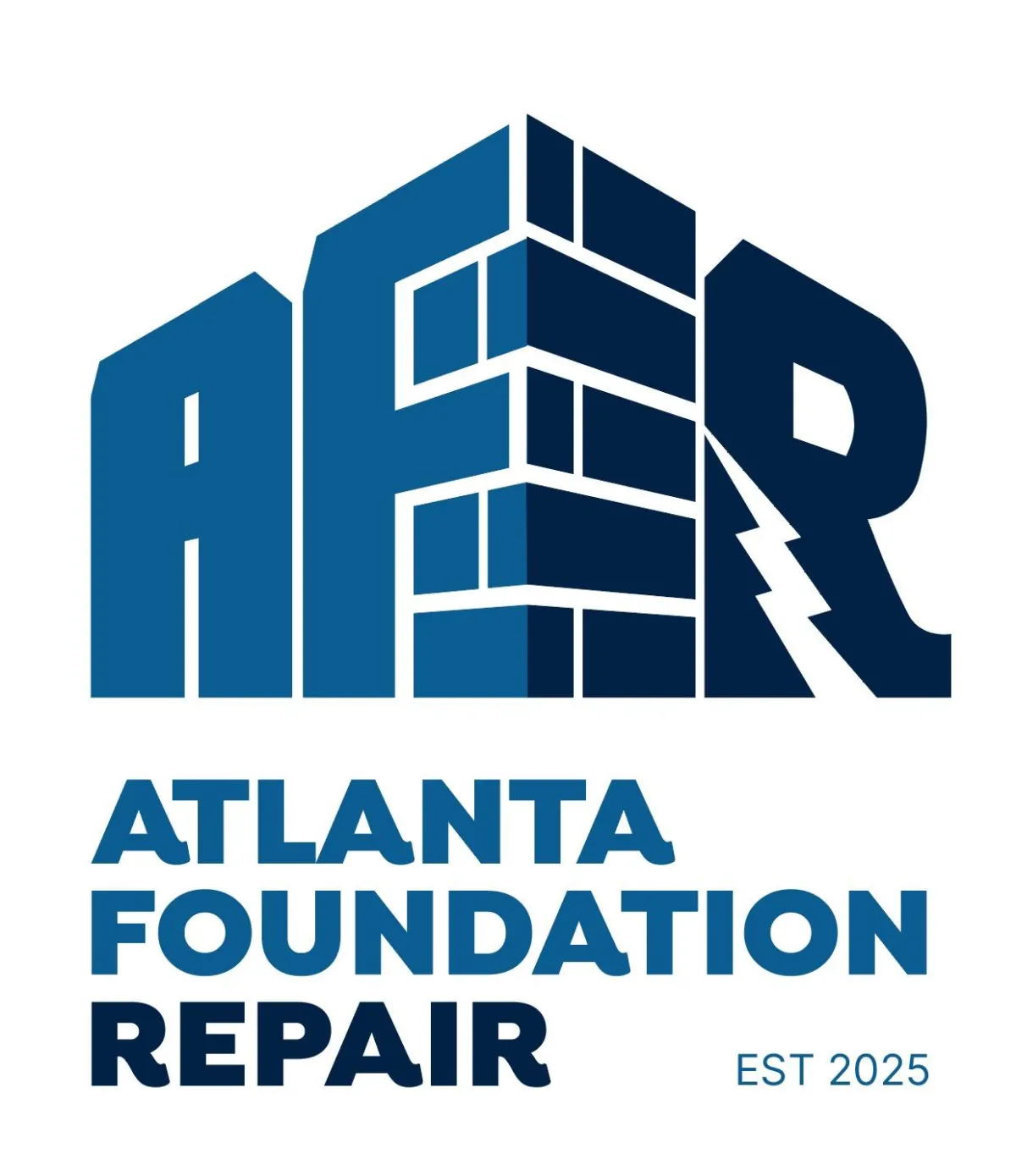Atlanta, GA
Inadequate Crawlspace in Atlanta, GA
Why an Inadequate Crawlspace Becomes a Problem
An inadequate crawlspace is one that doesn’t provide proper clearance, moisture control, ventilation, or structural support. Because it sits directly beneath the living area, any issues in this space can quickly translate into structural, comfort, and air quality problems inside the home.
Ways a Crawlspace Can Be Considered Inadequate
Several design and condition issues can make a crawlspace fall short of what the home needs for long-term performance and durability.

Insufficient Clearance Height
When there is very little space between the ground and the floor framing, access for inspection and maintenance is limited. This also restricts airflow, making it harder for the area to dry out.

Poor Ventilation or Airflow
Crawlspaces that are sealed off without proper moisture control, or those with ineffective venting, tend to trap humid air. That trapped moisture can then affect wood framing and the air that moves into the home.

Weak or Missing Structural Supports
If the crawlspace lacks properly spaced piers, beams, or columns, the floor system may not be adequately supported. Over time, undersupported areas will sag or deflect.

Exposed and Unmanaged Soil Surfaces
Bare ground constantly releases moisture vapor into the air above it. Without barriers or proper design, this vapor contributes to humidity, mold growth, and wood deterioration.

Aging, Damaged, or Improvised Materials
Old masonry piers, deteriorated wood posts, or makeshift shims and blocks can lose effectiveness, making the crawlspace less capable of supporting the home.
Signs You May Have an Inadequate Crawlspace
An inadequate crawlspace affects both the space itself and the rooms directly above it:
Musty, damp, or earthy odors that seem to originate from below the home
Floors that feel cold, drafty, or uncomfortable in certain areas
Floors that sag, bounce, or show noticeable unevenness over time
High indoor humidity, especially on lower levels or during humid seasons
Visible mold growth on joists, beams, or subflooring in the crawlspace
Condensation or sweating on pipes, ductwork, or other cool surfaces
Pests, rodents, or insects entering the living space from below
Cracks forming in interior walls or ceilings directly above crawlspace beams
Insulation that is torn, fallen, or soaked with moisture
Signs of wood rot, decay, or insect damage on crawlspace framing
Our Services
Helpful Links
Contact Information
Phone:
Business Hours:
Mon - Fri: 8:00 am - 5:00 pm
Sat - Sun : Closed
service areas
© 2025 All Rights Reserved | Atlanta Foundation Repair
